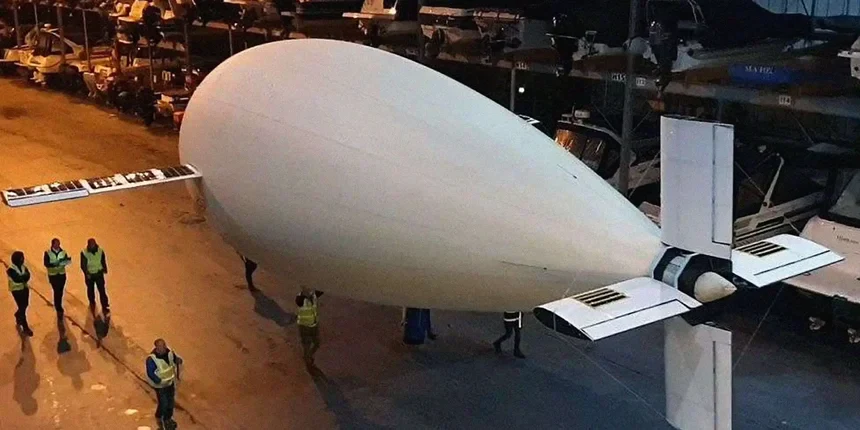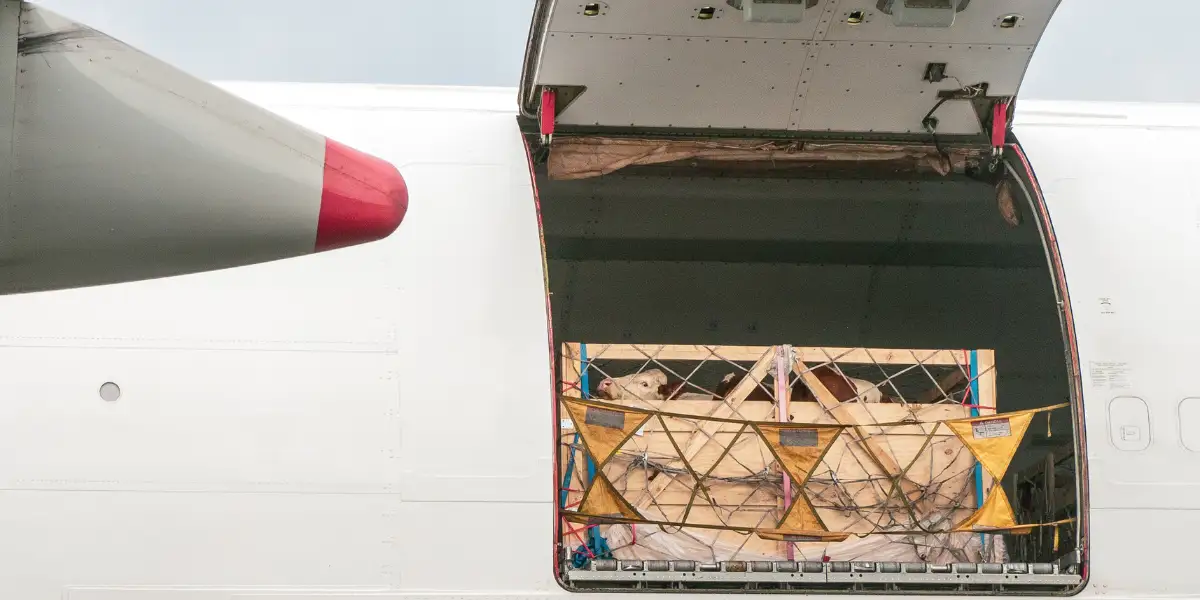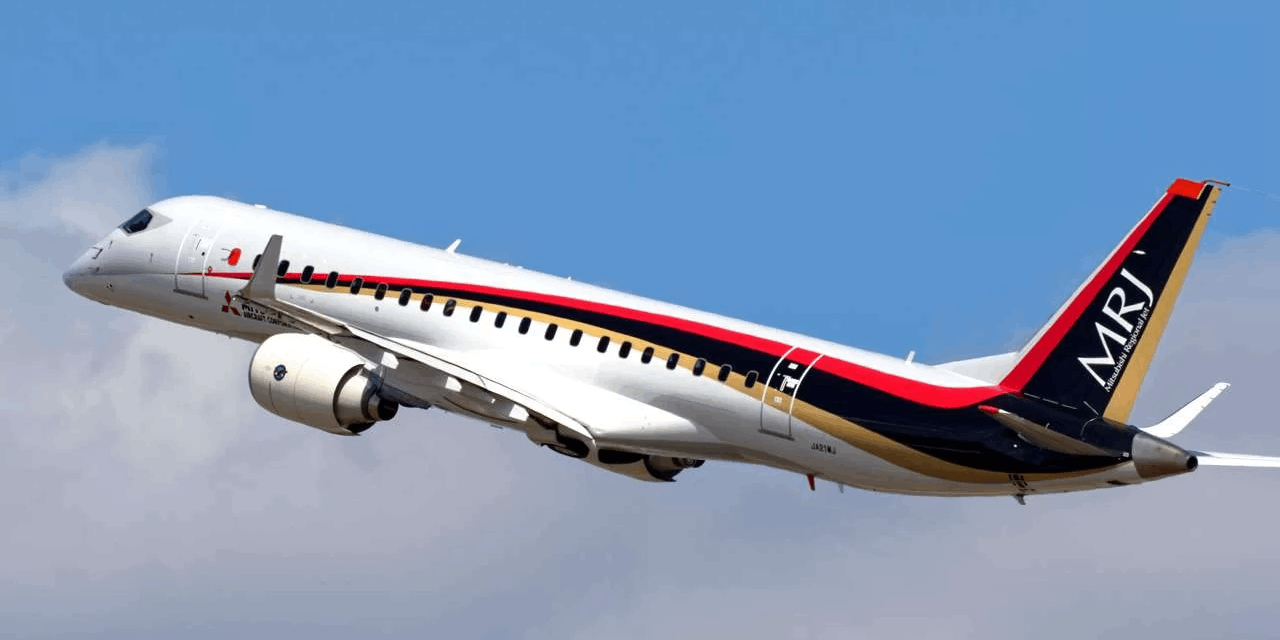Flight of the World’s First Variable-Buoyancy-Powered UAV
Stirling dynamics is thrilled to announce that on Thursday, 21st march, the world’s first large variable-buoyancy-powered autonomous uninhabited air...
Q1. JUST TO GET US STARTED, WHAT IS IT ABOUT UAM THAT EXCITES YOU?
TS: From my perspective, what’s exciting is the fact that all these UAM designs are different; they are different from conventional aircraft and they are different from one another. That represents lots of different challenges to overcome. There are over 200 live programmes around the world, and most are forecasting flying prototypes within the next few years. Some will fall by the wayside, but there’s going to be a lot of them and, at a time when civil aerospace is struggling, that’s a real positive.
These aircraft will need to be very efficient, and they’ll need modern technologies to work and perform. So, whether that is battery technologies, motor technology, composites, etc. they are not going to be able to tolerate traditional aerospace manufacturing methods and processes because of the cost and timescales. Typically, aircraft programmes have an 8-to-10-year development lifecycle, so many of the technologies are out of date when they are introduced into service. The timeframes for these new aircraft will be much shorter.
SM: We’re on the cusp of a step-change in aviation. We’re now seeing a convergence of several enabling technologies such as electrification of propulsion, fly by wire, and improved autonomy.
LB: As Trajan said, the development cycle for these new programmes is going to be more like we see in the automotive sector. With the long cycles in aerospace for new developments, people have forgotten what worked and what didn’t work previously, people move on and design rationales are lost. In automotive, with shorter lifecycles, there is more opportunity to adapt and develop processes.
DC: The fact that the development cycles are shorter than the typical aircraft programs we are used to means that people will have the opportunity to work in several different areas at the same time. We did something similar on the Phoenix aircraft. That was a different type of aircraft, but it was both interesting and exciting to work on a project that fast-paced. We’ll also have to adapt the processes that we usually work to, which is another interesting aspect.
MR: What’s been highlighted now is that we are on the verge of a step-change in technology. We’re not just seeing fixed-winged aircraft and helicopters – we’re seeing all sorts of hybrid versions in between. And it’s already been mentioned that the development times are completely different from what the industry is traditionally used to, so I think that’s where a big challenge lies.
…we are on the verge of a step-change in technology. We’re not just seeing fixed-winged aircraft and helicopters – we’re seeing all sorts of hybrid versions in between.”
Q2. Much of the discussion in the public domain about UAM focuses on infrastructure, air traffic control, business models etc. What about the aircraft themselves – what do you consider to be the main challenges?
SM: My background is in rotor dynamics, mainly helicopter rotor dynamics. So, I probably have a bias towards helicopter. Helicopters have big rotors and they’re very complex but reasonably safe. The small rotors on these new configurations have got a very high disk loading, so you have reduced efficiency and you need a lot more power to get that thrust out of it which will have an impact on range and payloads.
Also, I’ve not seen much debate on engine failure safety cases; helicopters have very high rotor inertia and if you lose power, they can autorotate and can land safely. Fixed aircraft can glide. So, I’m interested to see what the engine failure capabilities for things like a compound lift electric VTOL aircraft would be, where we’ve got rotors and wings. How well can they glide? What are the requirements for landing? What are the speed requirements? Are there any other safety features that need to be considered? For other vertical lift electric aircraft that are not compound lift, they don’t have wings to generate lift. How are those safety cases being underpinned?
TS: To lead on from Stuart (SM), some aircraft are using the high quantity of rotors to provide a level of redundancy so they can lose one or more and still retain, as a minimum, the required glide path. A viable safety case is going to be fundamental to the success of these programmes, the mechanism through which compliance is demonstrated will differ greatly depending on the type of aircraft you are dealing with. From that point of view, the biggest challenge facing the sector is safety certification, and as Martijn (MR) said this challenge is going to be compounded by the introduction of new and novel technologies.
LB: When you look at the designs from different companies, you will see that they’re all very different. Some of them have wings and have vectored thrust, some of them have ducted fans and therefore, the failure conditions and failure probabilities are going to be very different from vehicle to vehicle, which I think is something that needs to be considered. From a modelling and simulation point of view, redundancy requirements will be a huge consideration. Thermal management is another consideration, there are electric motors that tend to heat up and batteries that also tend to heat up, so that’s a lot of heat that needs to be considered.
DC: I see one of the challenges being that we are seeing so many different designs. That means they’re all going to fly differently, they’re going to behave differently, and some of these concepts and designs are completely new, so there’s no evidence as to how well the aerodynamic models match reality. In conventional aerospace, in both civil and military, aircraft designs have stayed relatively stable for a long time, so if you look at a new aircraft design you’ve got some confidence that it’s going to behave like the model because, in reality, it’s behaving like the aircraft that came before it and the one before that. With UAM vehicles, depending on how far along the development cycle these different companies are, they will be developing aerodynamic models from CFD or wind tunnel testing and so on, and then using these to design the flight control laws. But until you fly the aircraft, you’re not going to know how well your model matches reality. I feel there’s a big risk in that area, just because it’s completely new and nobody has modelled these aircraft before.
I see one of the challenges being that we are seeing so many different designs. That means they’re all going to fly differently, they’re going to behave differently, and some of these concepts and designs are completely new, so there’s no evidence as to how well the aerodynamic models match reality”.
LB: On the control side, if we look at eVTOL aircraft, they go through a transition phase, which is a major area of complexity on flight control systems. The ones that have been flight tested have either been flight-tested in horizontal flights, so are taking off conventionally from a runway, or they’ve done vertical flights, but they haven’t really done much in the transitional testing. Particularly going from vertical take-off with vectored thrust to get to more of a traditional flight with a lifting body. Tiltrotors and aircraft like the Harrier and F-35 already exist, but they have considerably more thrust available.
MR: From an aerodynamic point of view, there are a lot of propellers in these UAM configurations and a lot of unsteady wakes to consider. As far as I’m aware, there aren’t any commercial CFD solutions that can solve these complex problems quickly. So, if we want to meet short timescales, we will be required to develop new methods and prove the results through wind tunnel and flight testing.
SM: Another difficulty with modelling and predicting is that a lot of these methods, software, tools, models etc. are held by the aerospace primes. These have been developed over decades and a lot of these are not available to start-up companies, so you’ve got very general-purpose tools or very high-fidelity methods like CFD, which are very expensive and slow.
LB: Certainly, for horizontal flight, they’re going to be doing some wind tunnel testing, which is more understood. But wind tunnels are not going to help too much for the transition of vertical to horizontal flight. That’s where you will need to rely on modelling.
Q3. A number of these vehicles are slightly more conventional as they have wings. Do you think, given the timescales, that it is possible to go through the standard processes for the aerodynamic, aeroelastic and structural designs or is this an area where different approaches are needed?
MR: From a traditional point of view, if you think about loads and aeroelastics you would develop a structural model that would be both representative in terms of mass and stiffness, so you know that the aircraft dynamics are going to be somewhere similar to what you can expect from your prototype, by the time you build it. If you don’t go through this process, you can’t really do a traditional flutter analysis, in the way you would do, but then the question is for some of these aircraft is whether you have to, and they are generally quite slow, so traditional flutter may not be a problem. However, propeller whirl flutter is something that definitely needs to be reviewed.
They may want to demonstrate through flight testing, which is great for normal flight conditions. But how do you treat your failure conditions? How do you treat off-design situations?
LB: Many of these start-ups are trying to secure public and private investment, so their development path is different from conventional aerospace. They may be required to demonstrate “normal” flight much earlier in the programme to prove viability and secure future funding.
These aircraft all have very different designs, and so we might not have all the right methods and tools upfront. Maybe you need the experience from a few years of flight testing at nominal conditions to get an understanding of how it performs? It’s not necessarily the way we’ve done it before and you might put the whole design at risk, but perhaps this is the only way to tackle it?”
DC: These aircraft all have very different designs, and so we might not have all the right methods and tools upfront. Maybe you need the experience from a few years of flight testing at nominal conditions to get an understanding of how it performs? It’s not necessarily the way we’ve done it before and you might put the whole design at risk, but perhaps this is the only way to tackle it? To go through different design loops, building upon the flight tests a little at a time.
LB: Some things can be considered from the start. For example, you may need two or three flight control computers for redundancy. You’ve now added a lot of weight which will impact performance and flight time, etc.
MR: That’s the learning process with these new configurations. You can’t always predict what is going to be important, so you might have to change your approach. I understand that they want to get something up flying quickly because that will tell you what is important. That doesn’t mean you’re working backwards. Any optimisation of a product depends on your first steps, so if you build something that is too far from optimum, you could impact the whole project.
Q4. Are we at a similar point now to where aviation started 100 years ago? There was a lot of trial and error, then the methods, tools and theories came along later?
LB: I guess you could say that to a degree but, ultimately, we’re in a different place to where we were a hundred years ago in terms of our expectations on safety and cost. If we roll on 10 or 20 years, we may find that these designs converge. It comes down to the predicted uses and business models. You could have very different aircraft for short 10 miles trips to those travelling 200 miles. In the same way that we’ve settled on a small number of configurations for our current needs – helicopters, small turboprops, larger passenger jets.
DC: Stuart (SM), why is the electrification of helicopters not really spoken about? In my mind, I see a lot of the development vehicles that are being designed for the Urban Air mobility market as being electrified equivalent of helicopters?
SM: It’s down to power requirements. You need a lot of power to hover in a helicopter and the range is fairly limited compared to a fixed-wing aircraft.
LB: You could imagine electrification working for surveillance helicopters, flying to oil rigs, etc. where range isn’t really an issue, or maybe short hops from a city centre to a major airport. I think it’s good that Urban Air Mobility isn’t going to be one size fits all and we end up having different products as we have for cars. We have little cars for driving around town and commercial vans for couriers. They’re different beasts, but ultimately, under the hood, we have an engine that drives the wheels and four wheels, etc., so fundamentally the technology is the same, just a slightly different application.
Q5. From your technical perspective, what is the one piece of advice you would give a company that is developing one of these aircraft?
DC: I would say not to try and do too much at once. If you can use proven technology and COTS parts, then do so where possible to reduce the risks.
LB: I agree, don’t jump in with both feet, make the best use of existing technology. Also, think carefully about the requirements and what you’re trying to achieve.
SM: My advice would be to sit down and work out what you don’t know, get the best advice from the start, and keep an open dialogue throughout the programme.
MR: I’d agree with that. These designs are new to everyone, so bring in a wide range of expertise. That’s where companies like Stirling Dynamics can fit in. Even though the aircraft are unfamiliar, we have worked with lots of different types of aircraft and customers, so we have lots of different ways of solving problems and the experience to know what questions to ask.
LB: On that front, it’s important to draw on a wide range of disciplines and call on people with diverse backgrounds and ideas. If you keep recruiting the same type of people and asking the same questions, you’re going to get the same answers!
MR: I don’t think this is going to be a situation where the first one to market will dominate. If you’re pushing to be first, then you might eventually be beaten by another company that took longer and produced a better product.
SM: It’s not just about answering technical questions, it’s about having awareness of the programme and identifying areas they hadn’t thought about.
For more information on how Stirling Dynamics can support UAM programmes, download our latest disruptive technologies brochure.

Stirling dynamics is thrilled to announce that on Thursday, 21st march, the world’s first large variable-buoyancy-powered autonomous uninhabited air...

With the rise of ageing airline fleets and a drive towards modernisation of passenger airliners, the inevitable time will come when operators face a...

To achieve delivery of the company’s first regional jet aircraft programme, Mitsubishi Aerospace Corporation (MitAC) turned to Stirling for our...